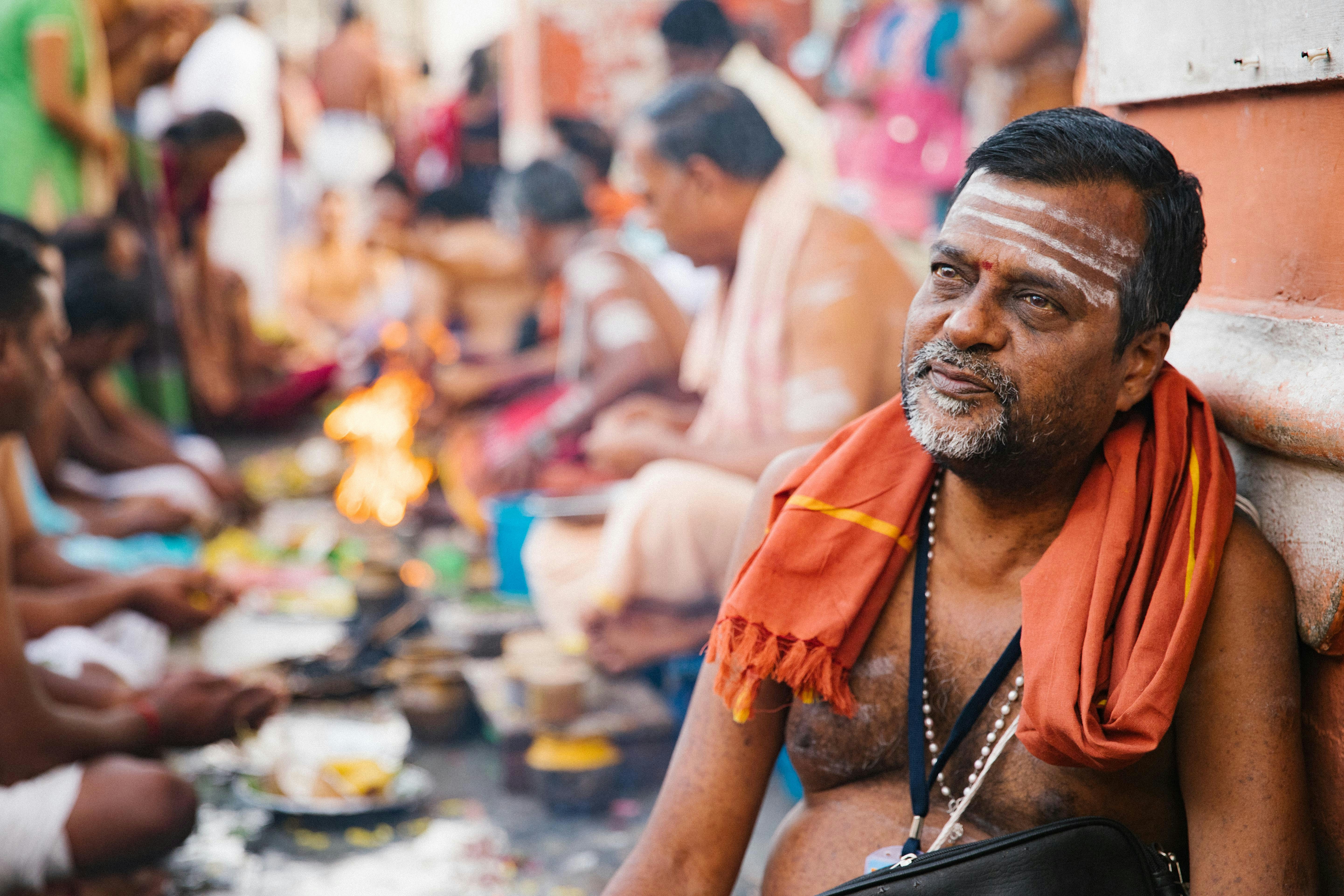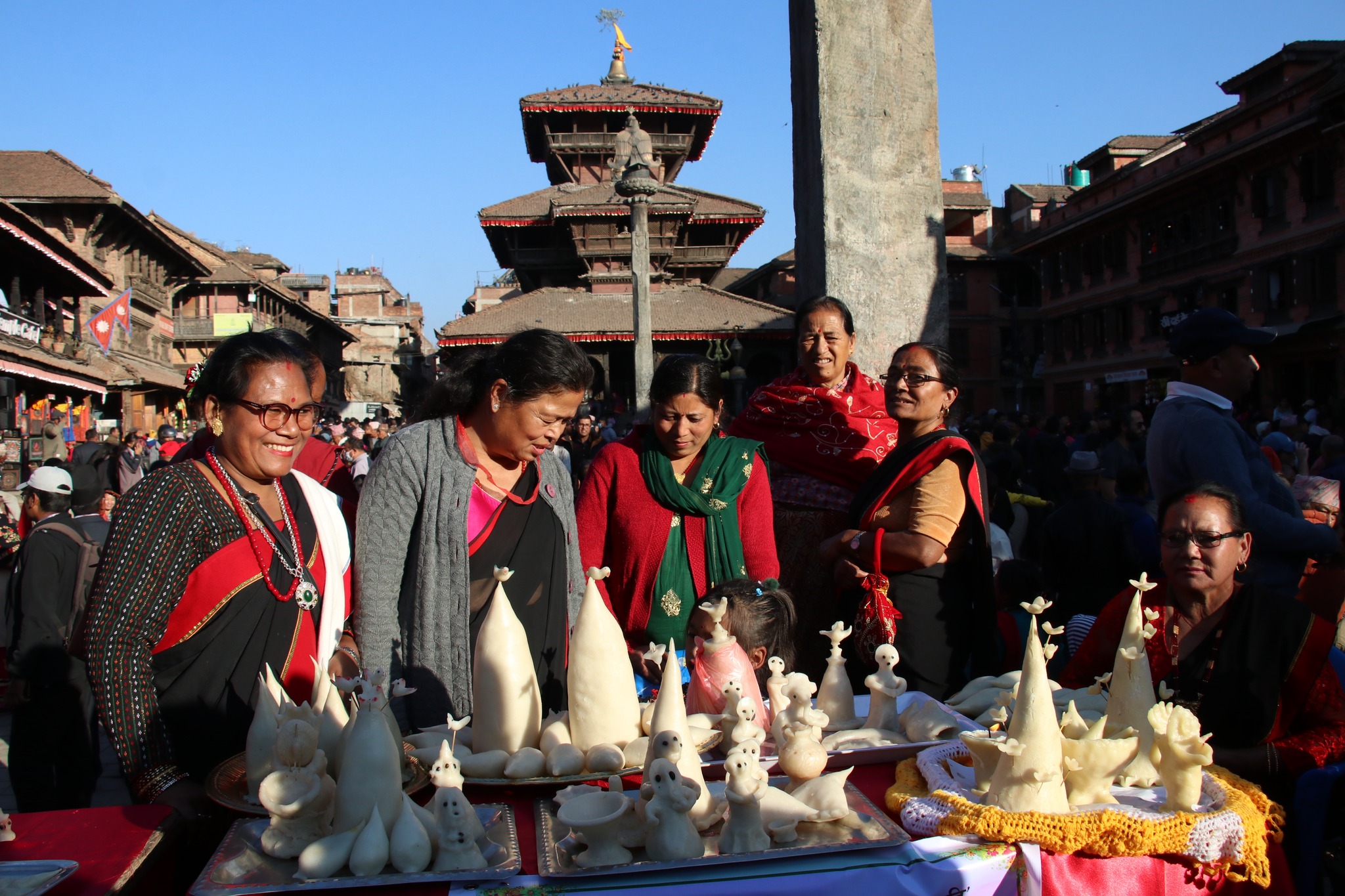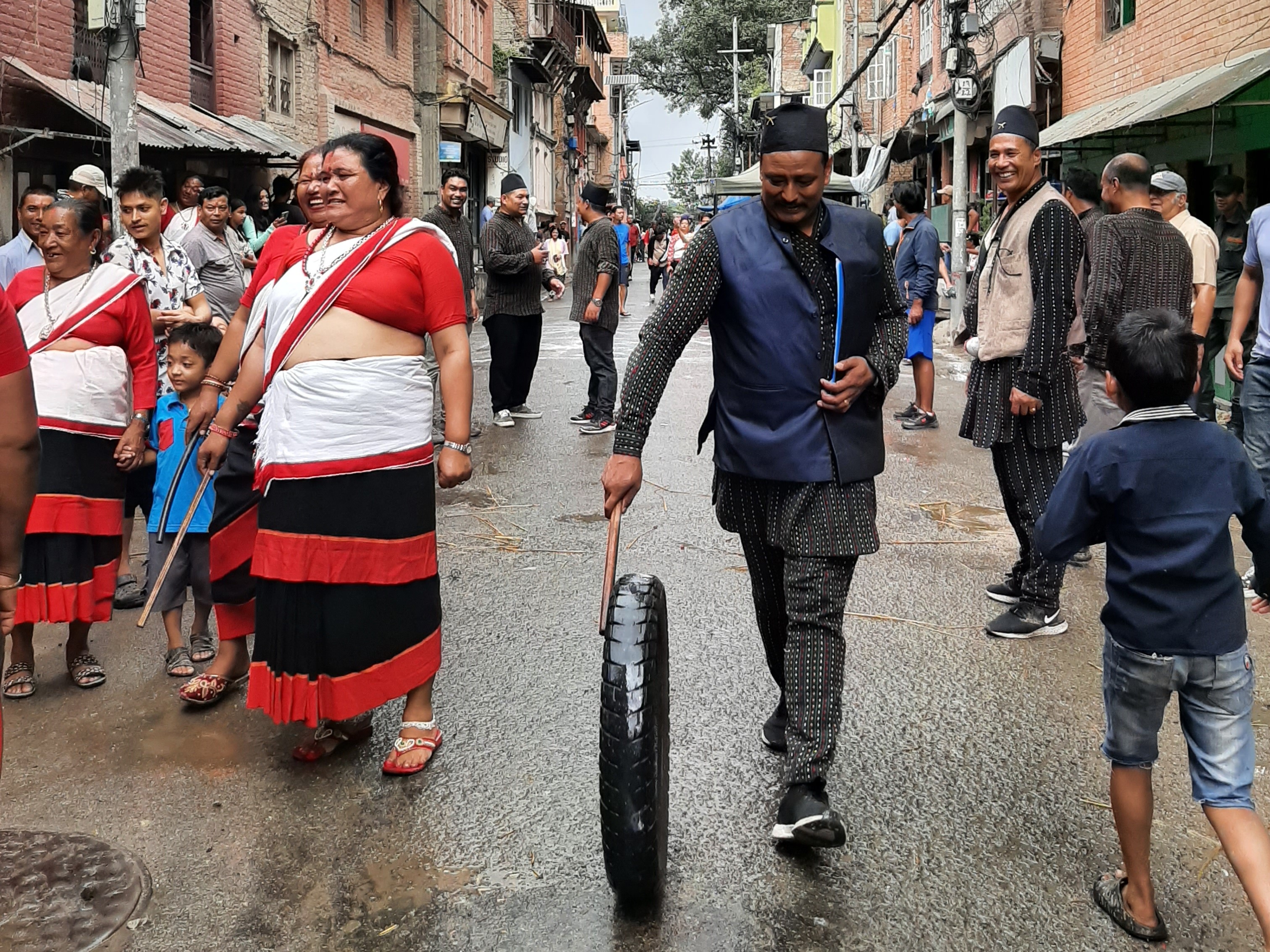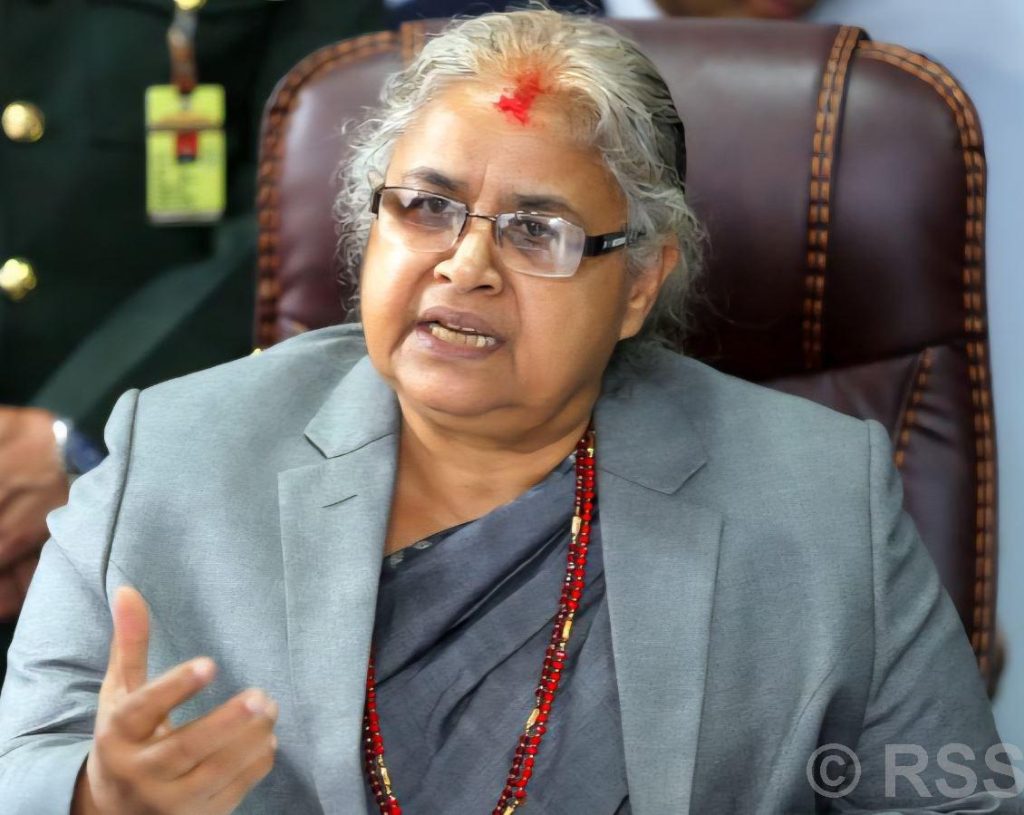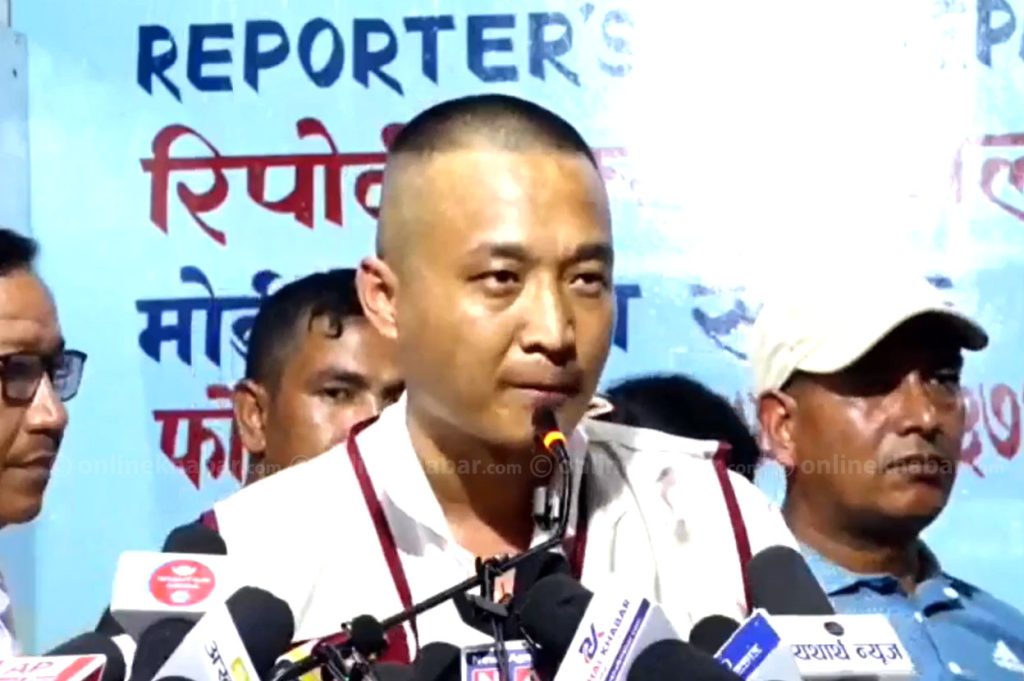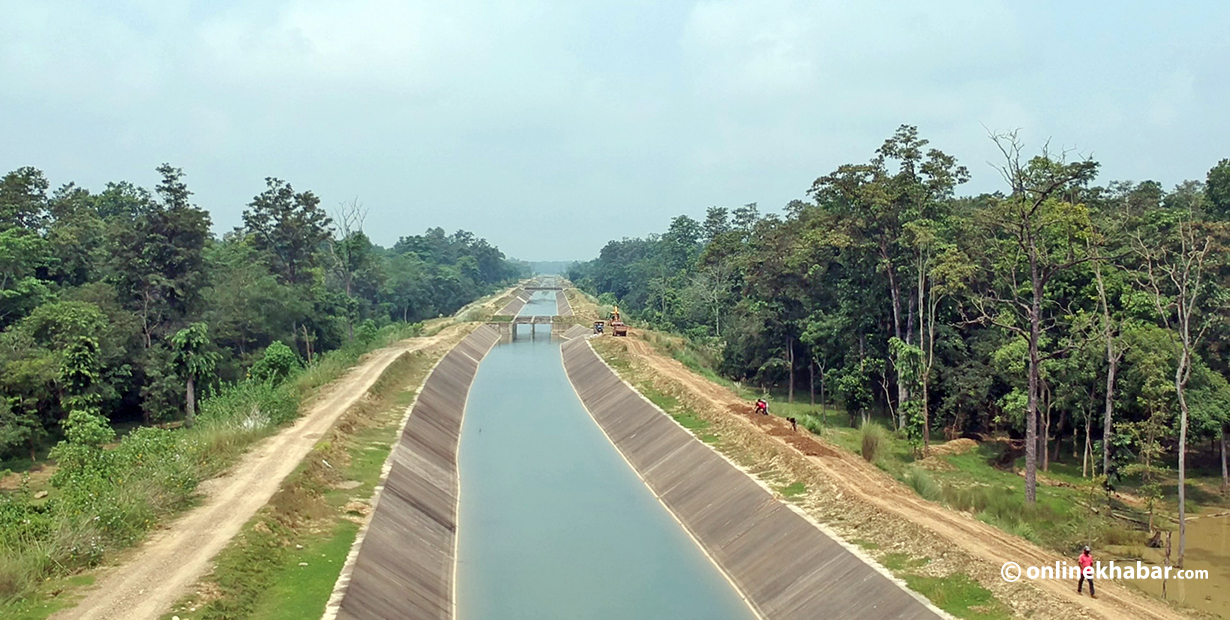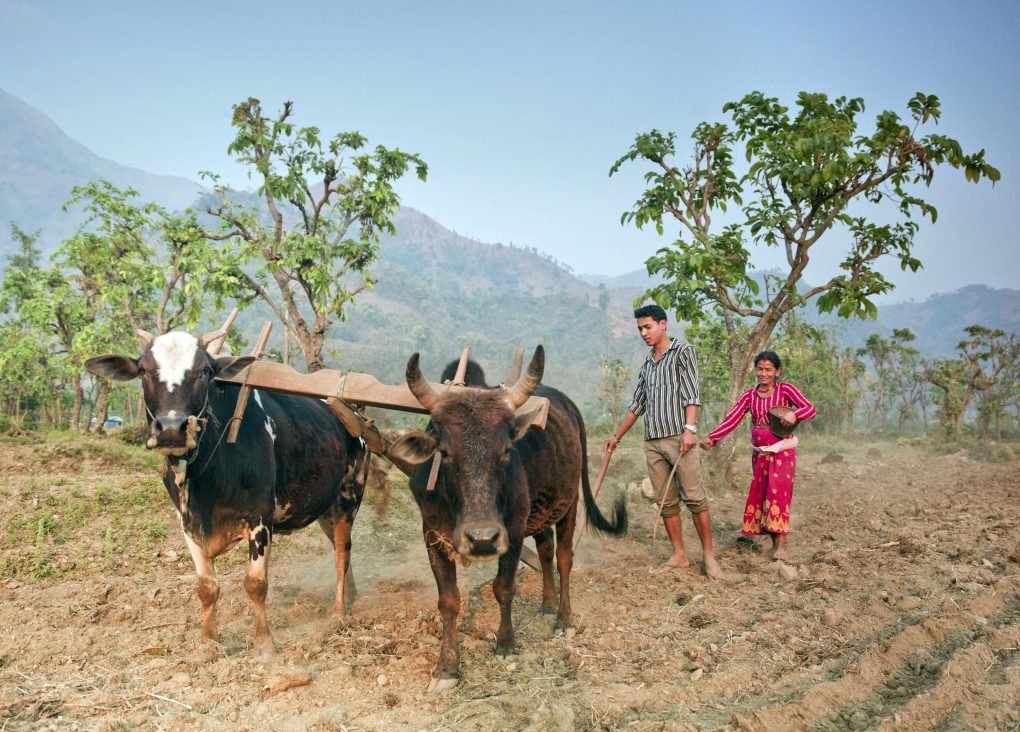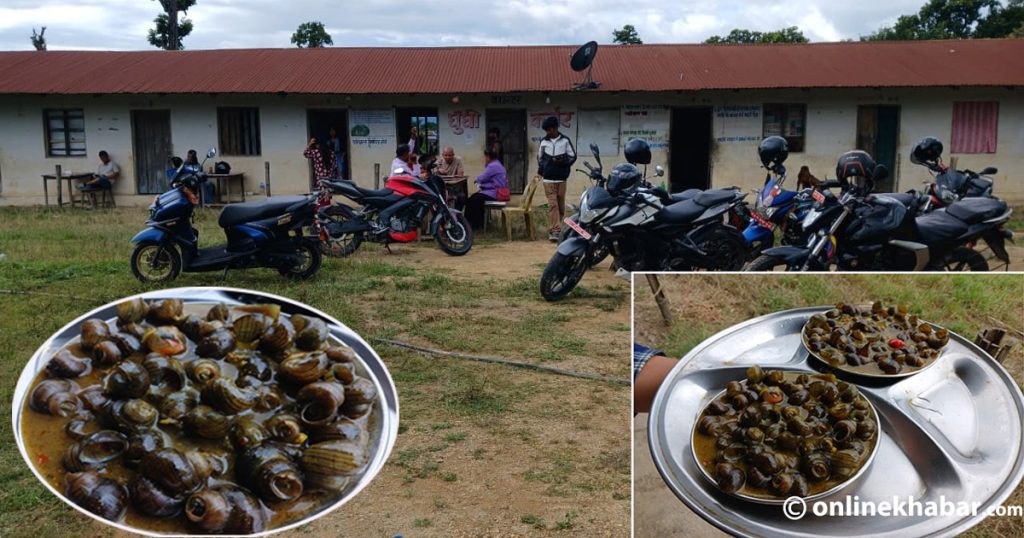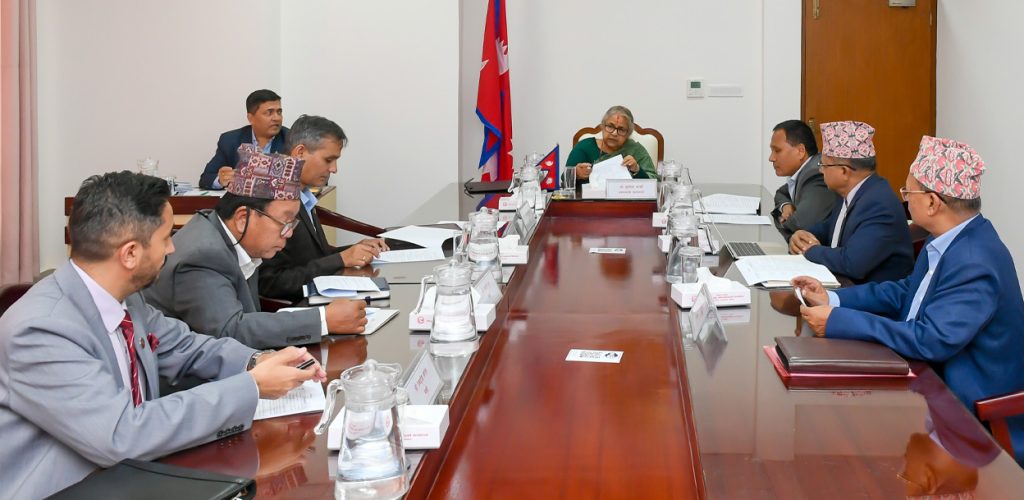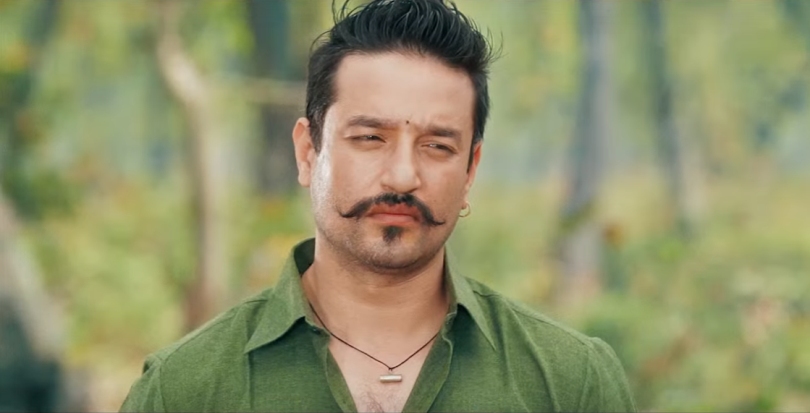
The rich history of the Rana regime in Nepal, which lasted nearly a century, have given Nepali filmmakers plenty of drama to produce movies in the historical genre.
In the same spirit, director Utkal Thapa’s Junge is releasing this week. The film, based on the life and times of Junga Bahadur Rana, the first Rana prime minister of Nepal, has done something no other Nepali film has done before.
It tells the story of a historic figure and situates it in a contemporary time, perhaps, in the quest to make the tale more relevant to a whole new generation of movie-goers.
But how successful have our filmmakers been in drawing a convincing sketch of our history on screen?
From classic movies like Basanti to biopics like Acharya and modern retellings like Junge, the Nepali film industry has had plenty of opportunities to explore the genre.
Here is a look at the state of the historic genre in Nepali cinema.
1.

The theatrics in these movies not only come from the Rana era’s twisted political power play but also through the larger-than-life romance and tragedy of the people of that time.
Nepal’s history may have been riddled with political upheavals and bloody revolutions but our databases for the same are not as defined and are nowhere as elaborate as those in rest of the world.
However, filmmakers like Nir Shah, one of the forerunners of the historical period drama genre, has been consistently making successful films in the genre like Basanti, Masaan and Seto Bagh.
2.
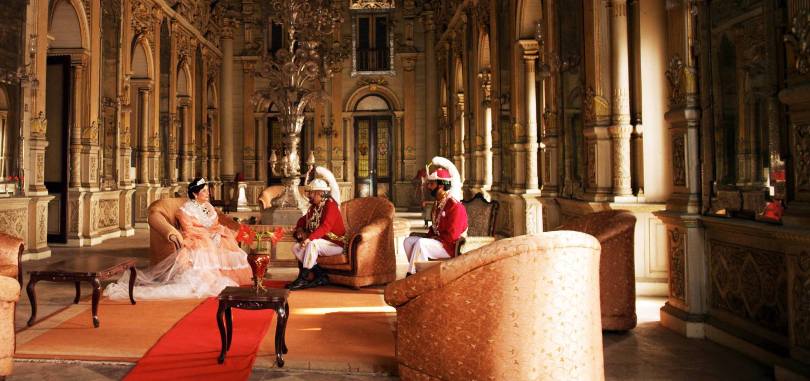
Even the relatively less ambitious films based on history require elaborate production design. To accurately recreate a bygone era, filmmakers have to invest in lavish sets, costumes and research, which take up significant amount of the film’s budget.
Even our limited technology cannot make up for the limited investment in production design.
3.
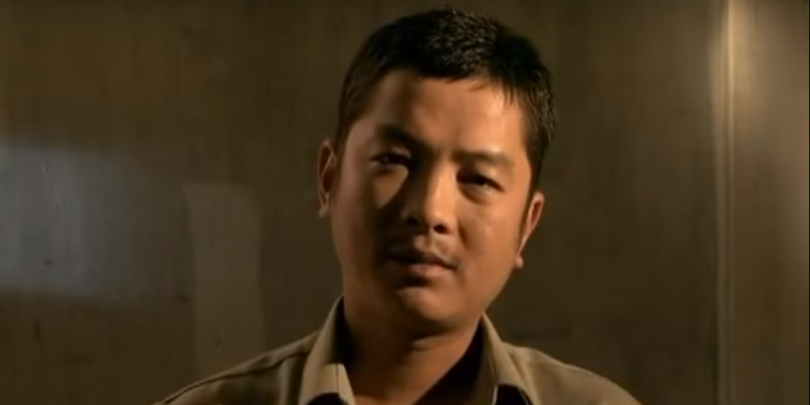
Filmmakers, who base their stories on historical events, have to walk on a figurative double-edged-sword. The creative process may be satisfying but by basing the story on conjectures and hearsay on the lack of an accurate database, these films are labelled as propaganda pieces by some.
Director Manoj Pandit’s movies were surrounded by controversy for similar reasons.
At the time of release, Pandit’s 2010 film Dasdhunga, based on the death of political figures Madan Bhandari and Jivraj Ashrit, was in the news for many reasons. Many questioned its authenticity and accuracy to the source material. Others pointed the omission of important historical facts.
4.
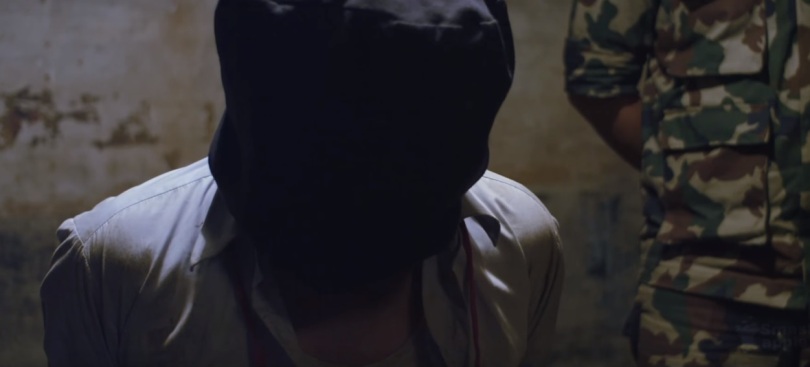
Pandit’s other film Badhshala, which was based on the decade-long civil war, was disregarded by many by saying that the movie only empathised with its Maoist characters.
It was criticised for the broadly-stroked characters and it’s abstinence from divulging into the other aspects of the lives of the myriad characters.
5.

It is the same with biopics. Films like Bhanu Bhakta, based on the life of poet Bhanu Bhakta Acharya, Bir Ganeshman, based on the political figure Ganeshman Singh, Teen Ghumti, based on the life of writer and politician BP Koirala and more recently Acharya, based on the life of singer Bhaktaraj Acharya also had to maintain that fine line between creativity and accurately portraying these characters on screen.
It is reasons like these why Nepali filmmakers are forced to choose ‘simpler’ stories.
***
Also read
2072: The year of comedies and performance-driven characters







